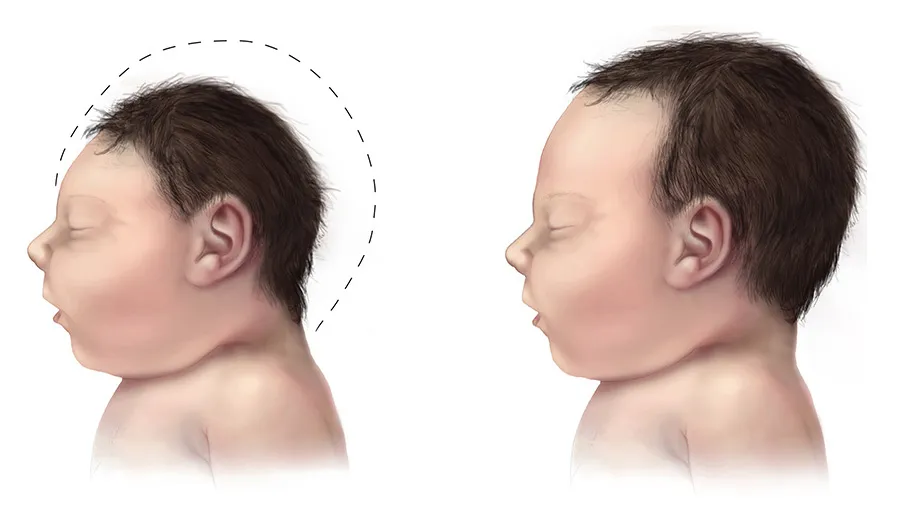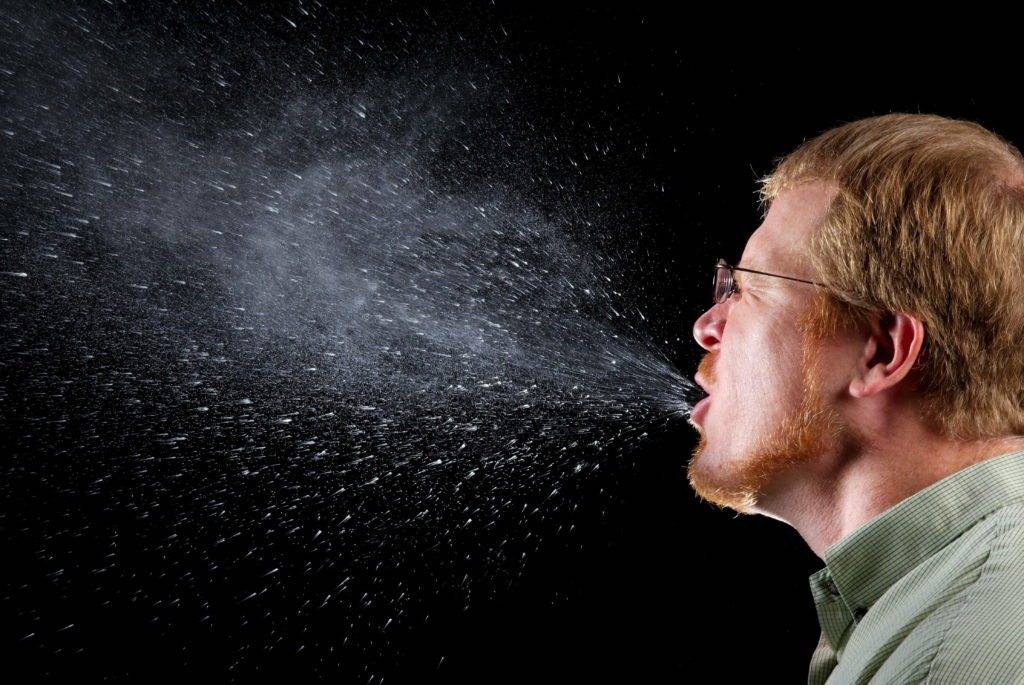One afternoon after coming home from school, you’ll notice your kid doesn’t like eating their favorite food on the dinner table. Then, after a while, they will clamor for pain when they swallow and drink. In no time, your kid eventually loses appetite.
As a parent, it’s not unusual to entertain the thought that your kid has contracted a strep throat infection. You will then be wary of other symptoms, such as fever and rash. Needless to say, not all throat infections are strep throat. Stay on this page to learn more!
In this article, we at Omega Pediatrics have pulled up salient details on what you need to know about strep throat in children. We present information to give you valuable insights into this illness and how your child’s doctor can manage the treatment.
What is a Strep Throat?
You might be worried about your kid’s dry throat—sore and scratchy. After a while, they’re developing a husky voice. You begin to think that it’s more than just a normal cold. Typically, this is a viral throat infection—the common cold.
However, occasionally, your kid might come down with strep throat. A type of bacteria called Streptococcus pyogenes is the cause of this, hence its name. This is the most common cause of sore throats in children and teens.
 This illness is highly contagious and commonly occurs in school-age kids 5–15 years old. Their close contact in school could be the culprit for the prevalence of the infection in this age group. The infection peaks during the winter and early spring.
This illness is highly contagious and commonly occurs in school-age kids 5–15 years old. Their close contact in school could be the culprit for the prevalence of the infection in this age group. The infection peaks during the winter and early spring.
However, strep infection is unlikely in babies and toddlers below 3 years old. But whenever your toddler has, they don’t have the usual throat symptoms but have a fever, runny nose, and fussiness. Due to this, they also have a reduced appetite.
Throat Infection: Two Different Types
Aligned with the discussion in the preceding section, there are two major types of throat infections, classified by the cause. It could either be bacterial or viral. Streptococcus pyogenes is the causative agent of bacterial infection.
The streptococcus bacteria thrives in the throat, tonsils, and nose cavity. In the latter, multiple upper respiratory viruses are responsible for symptoms that mimic those of bacterial infections. A viral sore throat goes away on its own with no medical treatment.
How Your Child Gets Strep Throat
Strep throat accounts for only a small portion of throat infections. It’s more common in children than adults. However, the symptoms are more severe in adults than in children. Similar to colds, children are highly susceptible.
-
Droplet Transmission
The bacteria spread through respiratory droplets or direct contact with infected individuals. It’s airborne and transmitted through sneezing and coughing. It could also spread through saliva and other bodily fluids, such as sweat.
Your child will likely contract the infection when they’re near infected individuals. Children have high exposure in schools, daycare centers, and other places where they closely interact with other children and adults.
-
Touching Common Surfaces

The bacteria love to cling to surfaces, such as tables, doorknobs, stair rails, and other public places. When children touch these surfaces and touch their eyes, nose, and mouth shortly after, they’re most likely to contract the infection.
Even children’s toys can be a conducive venue for transmission. Toys in daycare centers are commonly played with, whether kids are sick or not. Hence, bacteria can be transmitted through direct contact among the kids.
-
Sharing of Personal Stuff
It’s always a good idea not to share personal stuff, such as towels, bedding, and utensils, even among siblings and other people in the same household. Kids who have contracted the bacteria can easily spread if you use what they have used.
What are the Symptoms of Strep Throat?
 How do you ascertain that it’s strep throat? Your child will be sick for a few days after contracting the bacteria. They will have bouts of headaches, stomach aches, and chills. Let your child open their mouth and you will see a bright red and sore throat.
How do you ascertain that it’s strep throat? Your child will be sick for a few days after contracting the bacteria. They will have bouts of headaches, stomach aches, and chills. Let your child open their mouth and you will see a bright red and sore throat.
The back of the throat looks swollen and you might see white patches or streaks on the tonsils and tongue that resemble pus. The infection is highly contagious. The symptoms usually appear within ten days after exposure to the bacteria.
Here, we list the symptoms to watch out for. Monitor your child to see if he or she exhibits any of these symptoms.
- Red and swollen tonsils, accompanied by a sore throat
- White patches or streaks of pus at the back of the throat and tonsils
- Red spots on the palate
- Throat pain that comes on quickly
- Difficulty in swallowing due to throat pain
- Swollen and tender lymph glands
- Ear pain, headache, stomach pain, nausea or vomiting
- Difficulty in breathing
- Rash likened to sandpaper, referred to as scarlet fever
- Body ache
- Loss of appetite
Not all sore throats are strep. An older child may exhibit cold symptoms such as a runny nose, cough, hoarse voice, and pink eye. Their sore throat is likely to be viral rather than strep. Occasionally, some moms could hardly differentiate the symptoms.
When to See Your Child’s Doctor
It’s essential to seek medical attention if strep throat is suspected, especially in children, to avoid potential complications. The doctor will provide prompt testing and treatment. Check out these additional pointers:
- Sore throat that lasts more than 48 hours
- If strep has been diagnosed, there’s no improvement after taking antibiotics for 48 hours
Omega Pediatrics is highly recommended to treat your child’s infection. They practice an evidence-based approach to treating illnesses in children. As parents, you will have peace of mind under their care.
How Does Your Doctor Diagnose and Treat a Strep Throat?
You might wonder if a sore throat is strep throat. Healthcare providers can perform a quick test to find out. The doctor will check the throat cavity for redness, swelling, and white patches. A tongue depressor helps with a good visual examination.
The doctor will then rub a sterile swab over the tonsils to take a sample of the mucus. A rapid antigen test can be done at the doctor’s office shortly. Bacteria can be detected in the swab in minutes; hence, strep can be ascertained to cause the symptoms.
The doctor will send the swab to a laboratory to confirm the findings. A throat culture is done, but the results are out after a day or two.
It should be noted, though, that the bacteria doesn’t cause most sore throats. It’s possible that you or your child will have the symptoms but don’t have strep throat. The cause of the symptoms could be a viral infection or some other illness.
Hence, the rapid antigen test is done specifically for strep throat. It’s also possible for you to be exposed to a carrier who shows no symptoms.
The antigen test will be the basis for the doctor to prescribe the 10-day antibiotic treatment. Typically, the prescriptions are penicillin, amoxicillin, azithromycin, and third-generation cephalosporins such as cephalexin and clindamycin.
Penicillin and amoxicillin are commonly prescribed due to their safety and effectiveness.
The symptoms will greatly improve, and your child will feel better 48 hours after starting the antibiotics. However, it’s crucial to complete the full course of antibiotics, even if the symptoms are improving.
Indeed, the treatment involves antibiotics to alleviate the symptoms, mitigate the risk of complications, and arrest the spread of the infection.
If left untreated, the illness can lead to serious health complications in children, such as rheumatic fever or kidney inflammation. Rheumatic fever can lead to painful and inflamed joints, a specific type of rash, or heart valve damage.
What are the Home Remedies for Strep Throat?
Enduring the symptoms may be distressing for your once-active school kid. To complement the antibiotic regimen, try these home remedies for relief:
- Gargle with warm and salty water to reduce swelling and inhibit bacterial growth, thus soothing the sore throat.
- Keep hydrated by drinking plenty of water. This helps to moisten the tonsils and the mucus membrane.
- Drink warm liquids like honey and tea. Honey has natural antibacterial properties that soothe a sore throat. Herbal teas like chamomile, peppermint, and dandelion can ease pain, reduce inflammation, and boost the immune system.
- Drink cold liquids, or suck on popsicles, hard candies, or throat lozenges. Cold temperatures and sugary foods have a “freezing” effect on the swollen tonsils, masking the pain while swallowing.
- Eat easy-to-swallow foods to alleviate strain on the swollen tonsils.
- Consume bone broth to hasten recovery and benefit from its minerals and compounds.
- Use coconut oil to reduce the bacteria in the mouth and maintain oral health. Peppermint oil is known to reduce throat swelling and provide a calming effect.
- Wear a respiratory mask and avoid contact with sick individuals. A mask provides a protective shield against airborne droplets when interacting with other people.
- Practice good hygiene, such as frequent handwashing.
- Avoid sharing personal items such as spoons and forks, plates, and glasses.
- Change bedding and other household linens regularly.
- Sanitize all surfaces commonly used, such as tables, chairs, doorknobs, and stair railings.
- Run a vaporizer or humidifier for clean air, helping to soothe the dry throat.
- Take over-the-counter pain and anti-inflammatory medications such as mefenamic acid.
Treat Your Child’s Strep Throat Today!
 Once you notice your little kid is experiencing symptoms likened to a common cold, he or she might come down with a strep infection, which you might not be aware of. The next best route is to see your child’s doctor without delay.
Once you notice your little kid is experiencing symptoms likened to a common cold, he or she might come down with a strep infection, which you might not be aware of. The next best route is to see your child’s doctor without delay.
Prompt testing and diagnosis of strep infection are crucial, especially in children. Potential health complications and fast transmission can’t be discounted.
Choose Omega Pediatrics to treat your child’s strep infection. They have a science-backed approach when it comes to the treatment of childhood illnesses. With quality pediatric care services, your child is in good hands.
Book an appointment with us today. Book with Omega Pediatrics.




